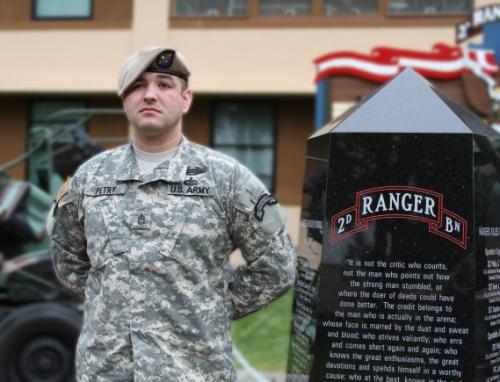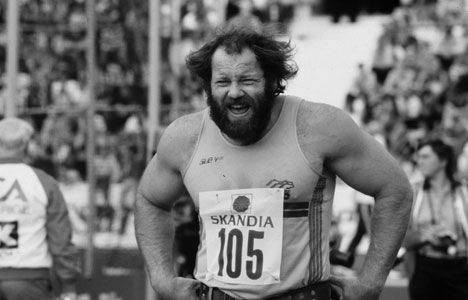Sort of a 70’s Big Females post
People who train, workout, or are active have a different perception of what is attractive and what isn’t. Those who don’t do anything at all — like fat people — think that anything without fat is good, and extremely skinny is exemplary.
For example, Zuzana from Body Rock is a pretty girl who has no body fat whatsoever and fake tits. Fat and average women and men think she is the greatest thing to walk the Earth. Anybody that has trained, has a decent set of musculature (non-bulky for women, of course), and is kinda strong sees Zuzana for what she is; a skinny chick with fake hooters. Is she pretty? Sure. Would all my male readers want to bang her regardless? Yes, but they would literally bang 98% of the world’s female population if no one else would ever learn about it (implying that there is only 2% of the world’s population that they would actually deny, mostly involving your grandmother and niece).
Besides, when one of the readers barges in the comments saying how they perceive Zuzana to be optimal, they are not very big or strong anyway. And if they are, they are the minority of those that are kinda big or strong.
Just because a skinny body image is preferred by most people — those who don’t train — doesn’t make it preferable. That’s like saying if there is 10,000 people in a cult who like to murder puppies then it’s okay to murder puppies (it is not) so long as you believe the same thing as this cult. Groupthink is so pathetic it’s funny (unless puppies are at harm).
In reality, it isn’t difficult for a chick to “have a nice body” (Note: For those of you women who train to be strong and able, I apologize that you have to suffer through this. If you fucking sent me messages/pictures/videos then I would have some material to work with). By merely eating a non-vegetarian diet with quality meats and doing calisthenic based exercise, most chicks can “lean up” and garner a little muscle to be “toned” since calisthenics are more than just going to work and watching E!. Don’t believe me? The WildGorillaMan supplies pictures of women who do this very thing every day.
If a girl doesn’t want to lift weights, then she doesn’t have to. She should only do a program that she’s going to be enthusiastic about, but that doesn’t mean she should avoid learning what program is actually going to help her. A lady doesn’t have to do a straight linear progression — she can do calisthenics or conditioning after lifting EVERY DAY. The lifting won’t take long in the beginning anyway, it won’t interfere with recovery, and she’ll feel more accomplished. The hard part is getting her to realize that being skinny isn’t attractive.
















